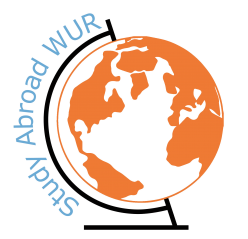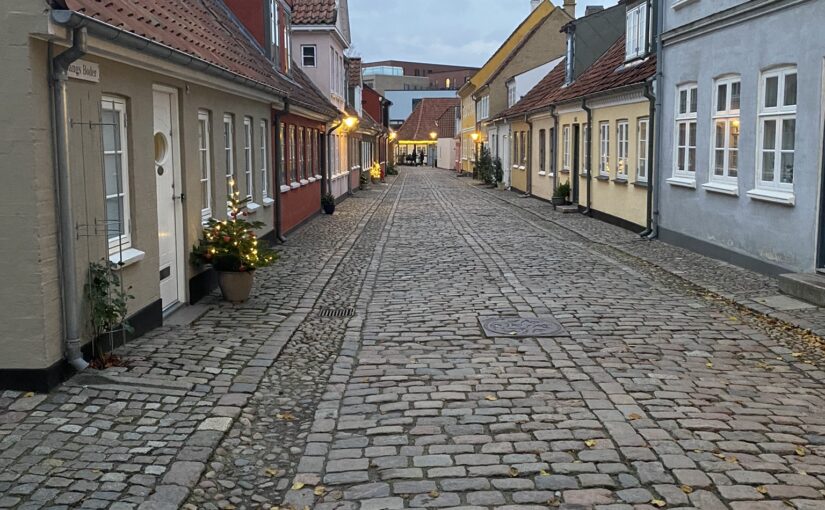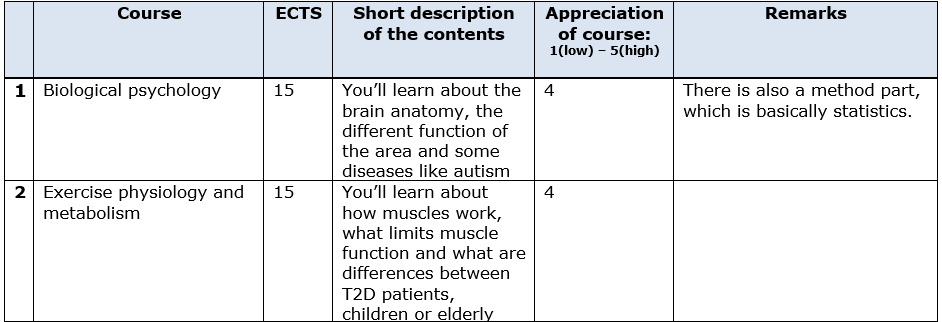Field of study in Wageningen: Nutrition & Health
Study period exchange: 30/08/2022 – 20/01/2023
Country (exchange): Denmark
City (exchange): Odense
University (exchange): University of Southern Denmark (SDU)
Faculty (exchange): Health Sciences
2. Motivation for exchange
Why did you choose to go on study exchange?
I chose to go on an exchange, to develop myself in a totally new surroundings. Also I wanted to meet more international student and learn from them.
What is the reason you chose for this country/university?
I was already in love with Scandinavia, since I know that everything is well settled. I had never heard of other cities in Denmark except for Copenhagen. Now I am glad that I studied in Odense which is a small city but very cosy and still has a lot of things to do.
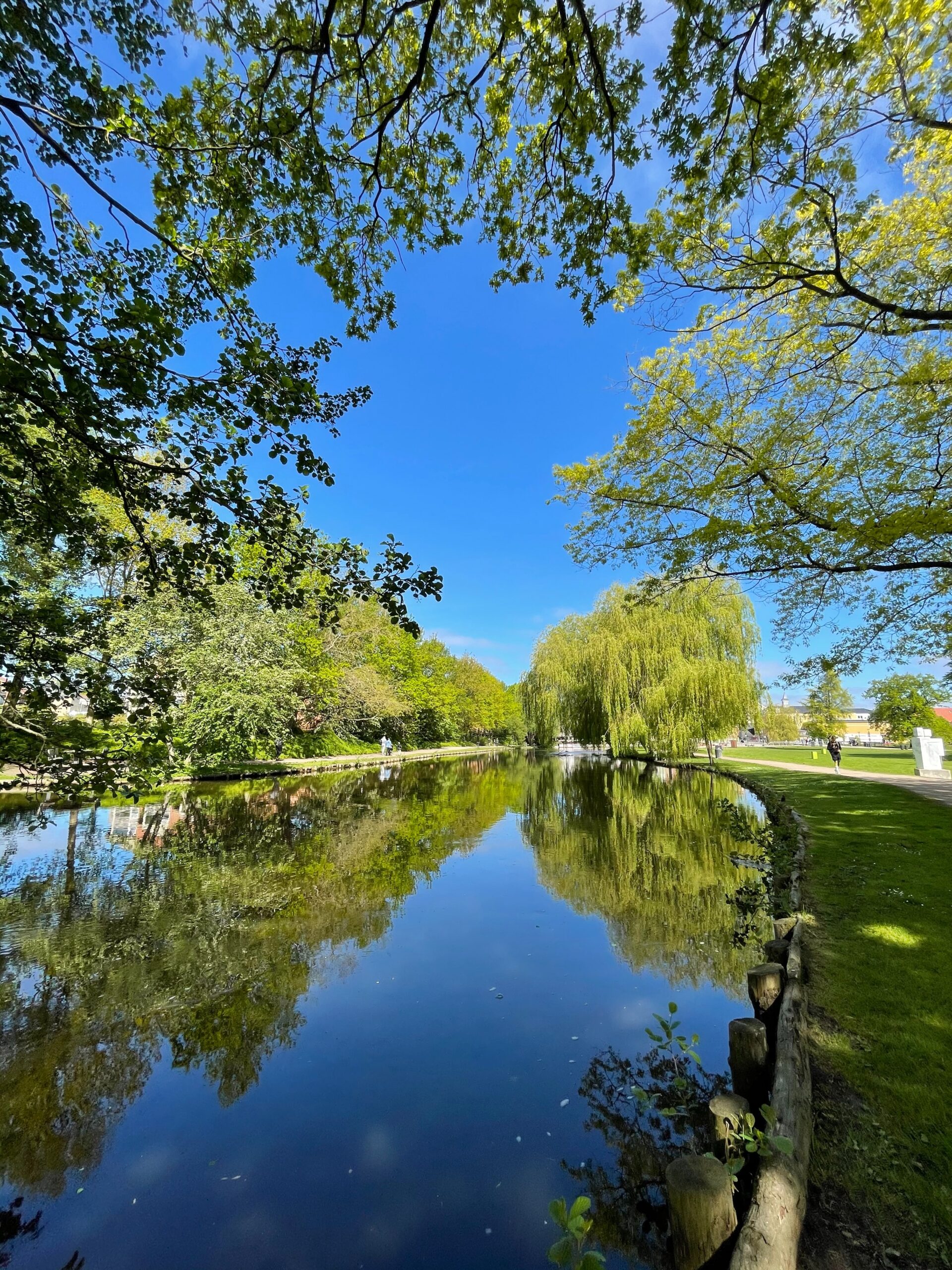
3. Accessibility to reach destination
Do you have any tips to reach your exchange destination?
There are many options to travel to Denmark (Odense). Of course you can take the plane, but this can sometimes be expensive since you’ll also still need a train ticket from Copenhagen airport to Odense. Flixbus is another good option, which takes about 10 hours from Odense to Amsterdam. This is often cheap. Lastly, you can take the train to travel to Odense but you will need to change a couple of times, which I think is quite annoying and stressful.
4. University and studying
Could you provide some general information about the followed courses?
How is the study formalized?
Since I only followed 2 courses during my exchange the workload was quite high. Both of the courses consisted of lectures, which are usually around 3-5 hours. The academic level is the same. The examination was for Biological psychology a multiple choice exam, which was a lot to learn but in the end quite doable. The examination for exercise physiology was a written in-situ test, which meant that you could use all your notes and needed to write an essay.
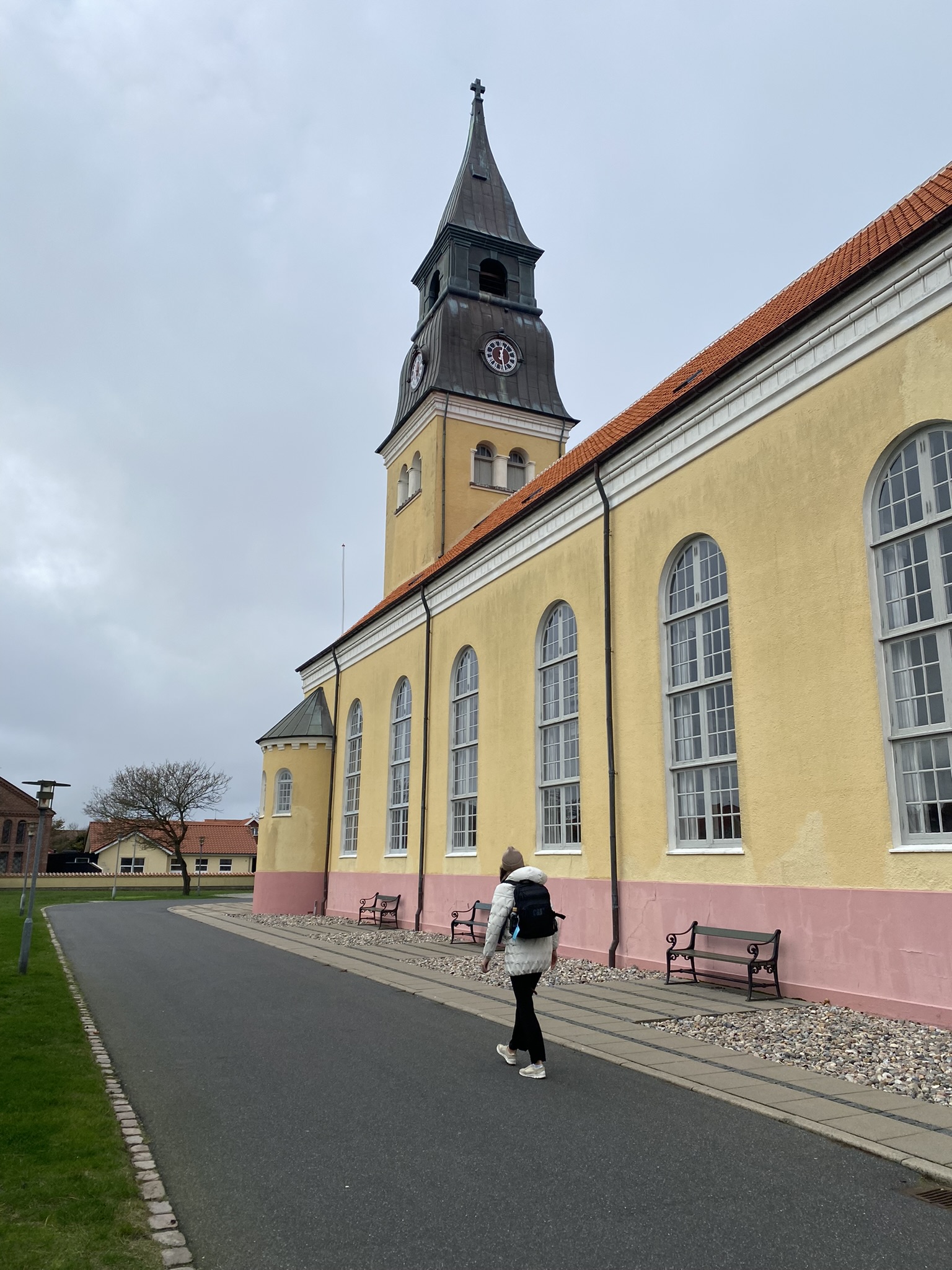
What is the culture of the university?
The culture of the university is quite different with the WUR. At the SDU it is very normal that during the breaks in the lecture everyone is going to talk to the lecturer, not only about the course but also about the weekend they had for example. The teachers are more like friends. Furthermore, the lectures are longer compared to the WUR, but the rest is quite the same.
What does the university offer the student additionally?
There are 2 difference cafeteria, where you can get breakfast and lunch. The cafeteria do close quite early (around 15). There is also a fitness at the university, which is the cheapest option for a gym in Odense. In the fitness you can also follow a couple of sport classes like spinning, dancing and Pilates.
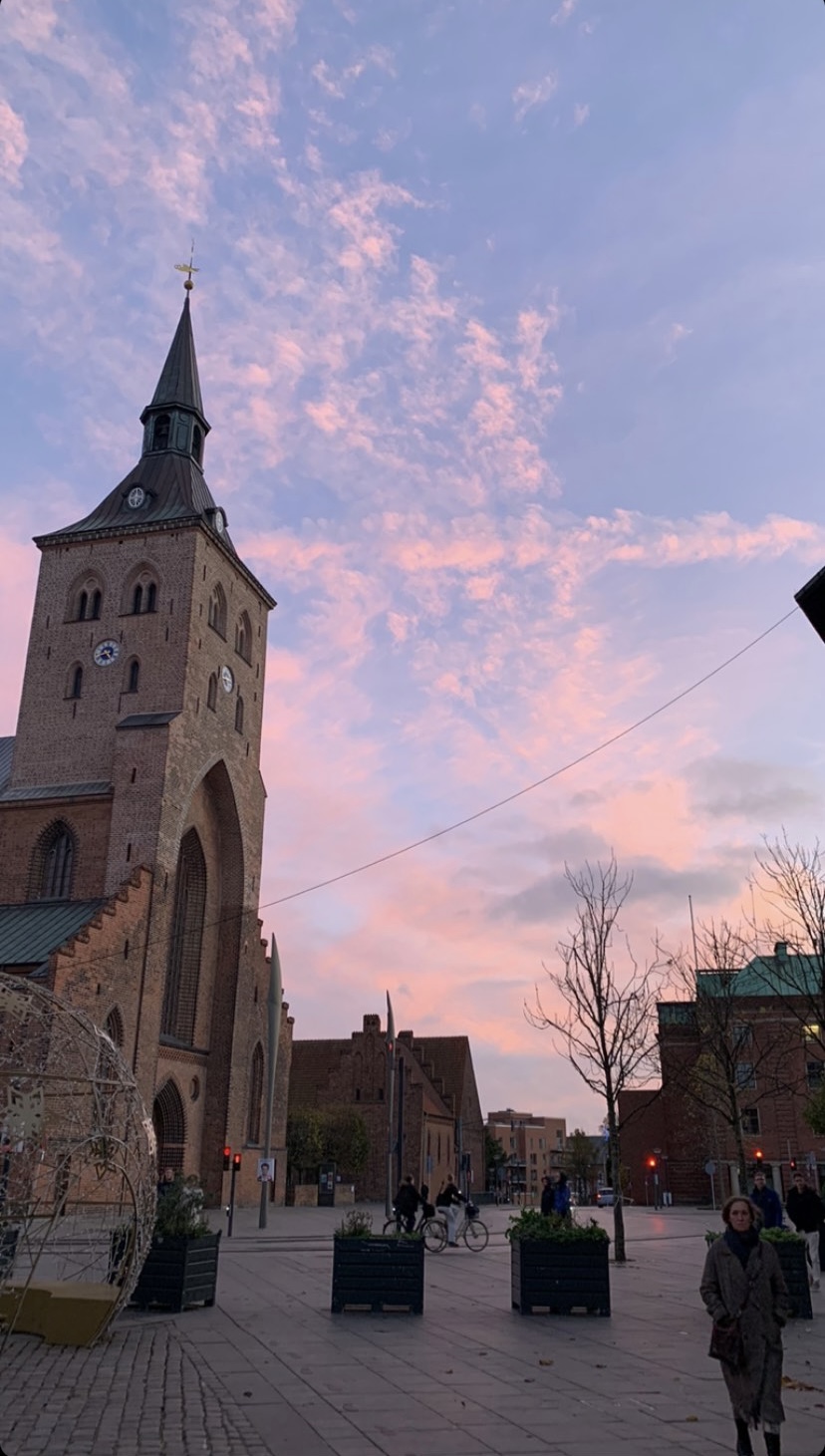
5. Housing-travelling-living
What are the possibilities for housing?
You can sign up for housing via a link that is sent by the SDU. This is a guarantee for a room but you only get one chance. Meaning that you have to accept the offer you get or take a risk. The rooms that are given differ quite a lot in location, neediness and the amount of people you live with. There are also options to rent something by yourself, which can sometimes be a little bit cheaper but is a risk.
What is the culture of the country like?
Denmark does not really have a local famous cuisine. The biggest difference is that Danish people eat quite early (5-6), which you can also see in restaurants. They will often close around 8.
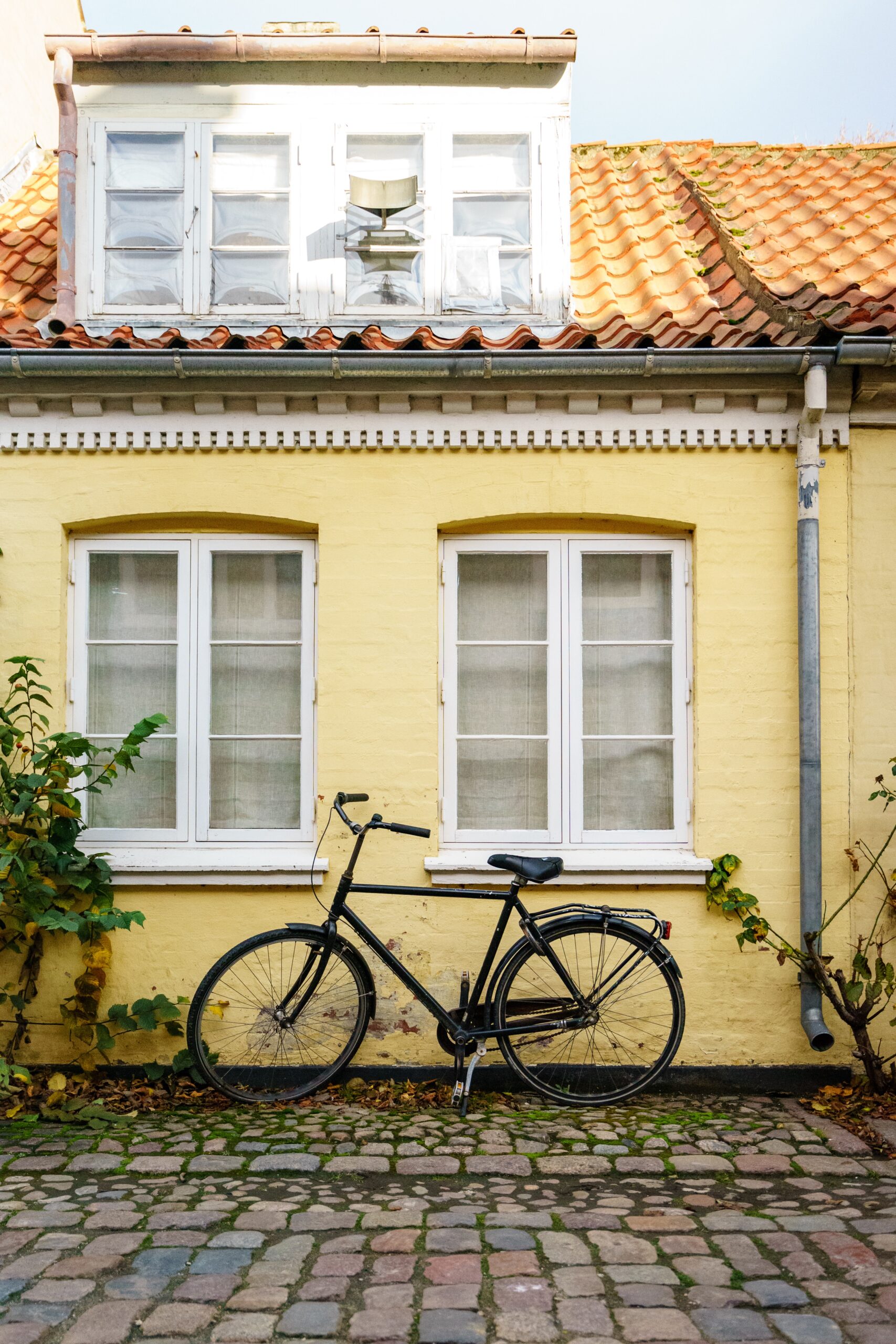
Could you give a general price indication of the place of residence compared to living in Wageningen?
The prices are higher compared to Wageningen, especially when you live in a Idealis building in Wageningen. I paid a little bit more than 500 euros a month.
Could you give some information about public transport infrastructure?
Public transport can also be expensive. The train tickets price depends on the time of booking, the earlier you book your train ticket, the cheaper it will be. The busses are a little bit less expensive. ‘ I travelled by bike to the university, which is around a 20 minute bike ride. There is also a tram, which costs about 2-4 euro single ride.
6. Free time
What are must-sees in the area?
A must-see in the Area is stige, which is a nature park. Furthermore, the south of Odense also has a beautiful park. I travelled to these destinations by bike, since that is the cheapest option but you can also take a bus. Furthermore, I think it is fun to explore Denmark. I went to Copenhagen, Nyborg, Faaborg, Esbjerg, Ribe, Aarhus, Aalborg and Skagen. Every cite has something different. Some are a bit smaller but still worth a visit. To most of these cities I went by train.
What does not appear in the travel guide, but is worth a visit?
I loved Ribe the most, so this is definitely worth a visit. This is also the oldest town of Denmark.
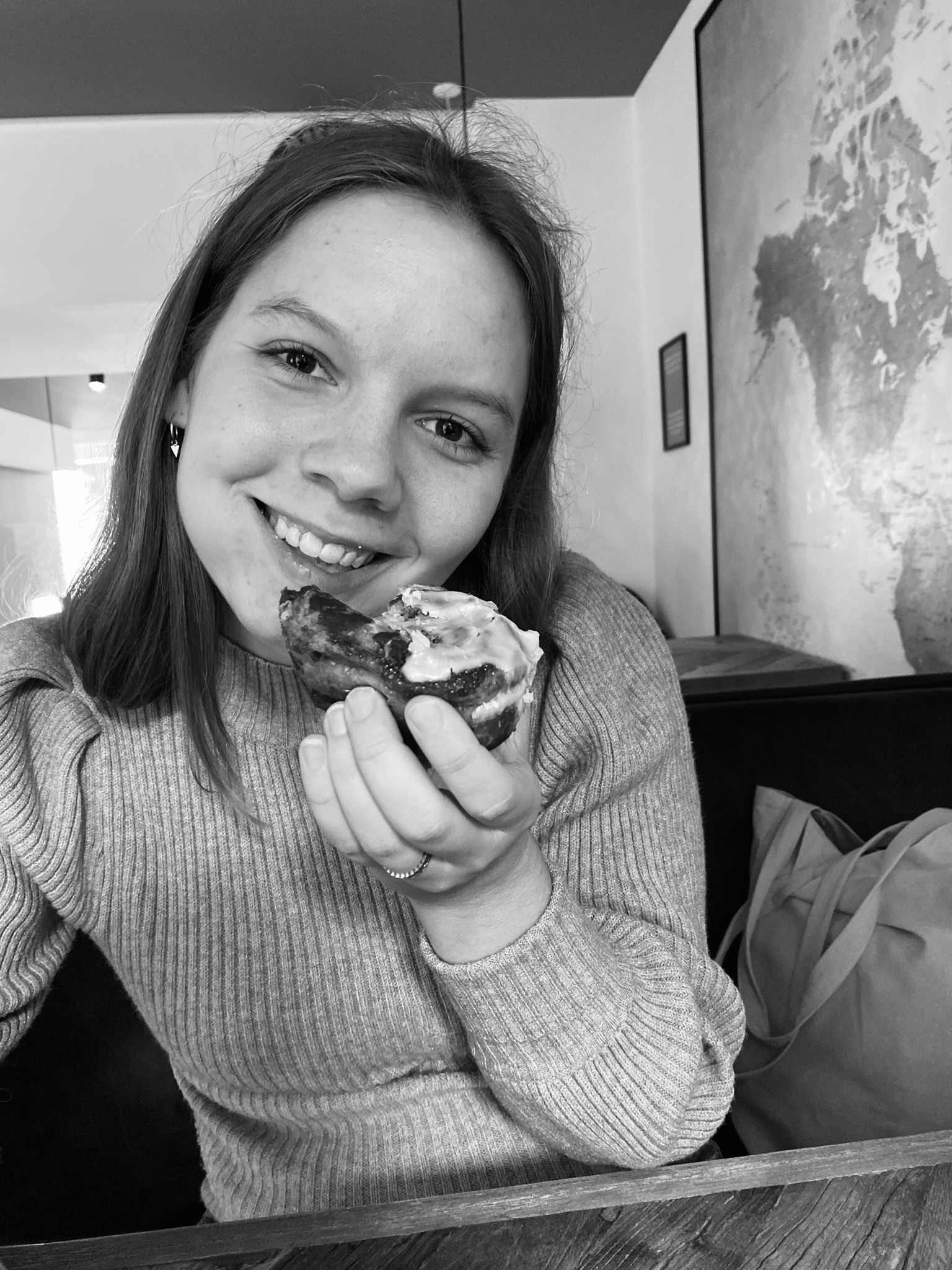
Do you have general tips and tricks about leisure time?
There are several pubs and clubs in the city centre of Odense. I think blomsten & Bien, tequila bar and Ryan’s are the best. I also went a couple of times to the sport café, to watch a football match. For the restaurants, you should definitely go to storms pakhus, which is the foodhall.
7. Challenges & best moment abroad
What was a challenge you have experienced?
The biggest challenge was the first couple of days, where everything is still new and you do not know what to do.
What was your best memory abroad?
I do not know what my best memory is. I loved the travelling through Denmark, going out with my friends but also just the lectures at the university.
8. Contact details
Would you like to ask Mette more questions about her exchange?
Send her a mail: mette.daamen@wur.nl
